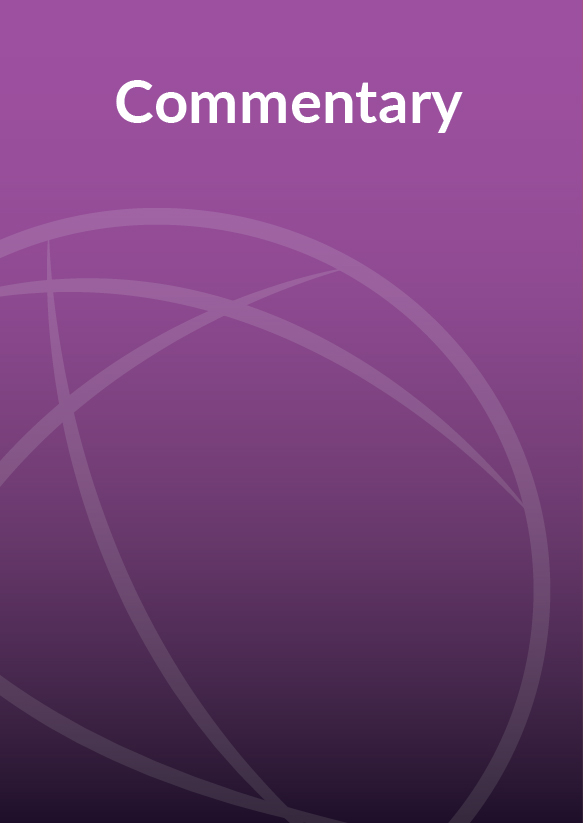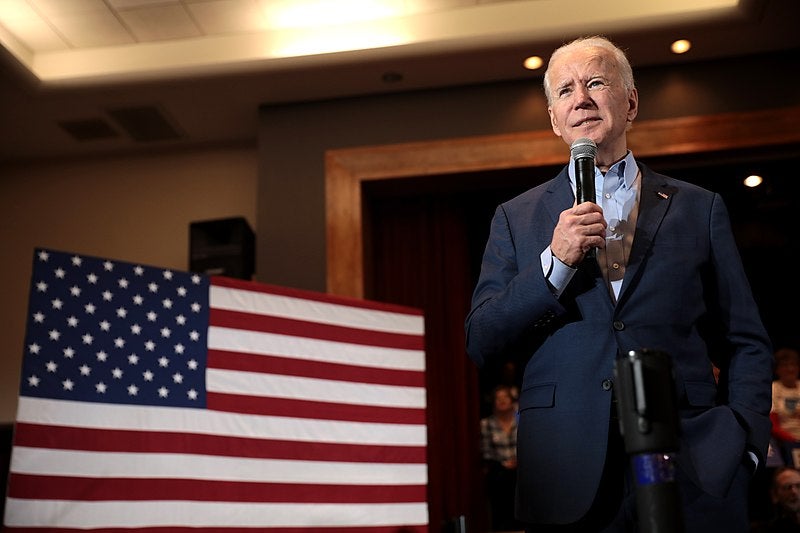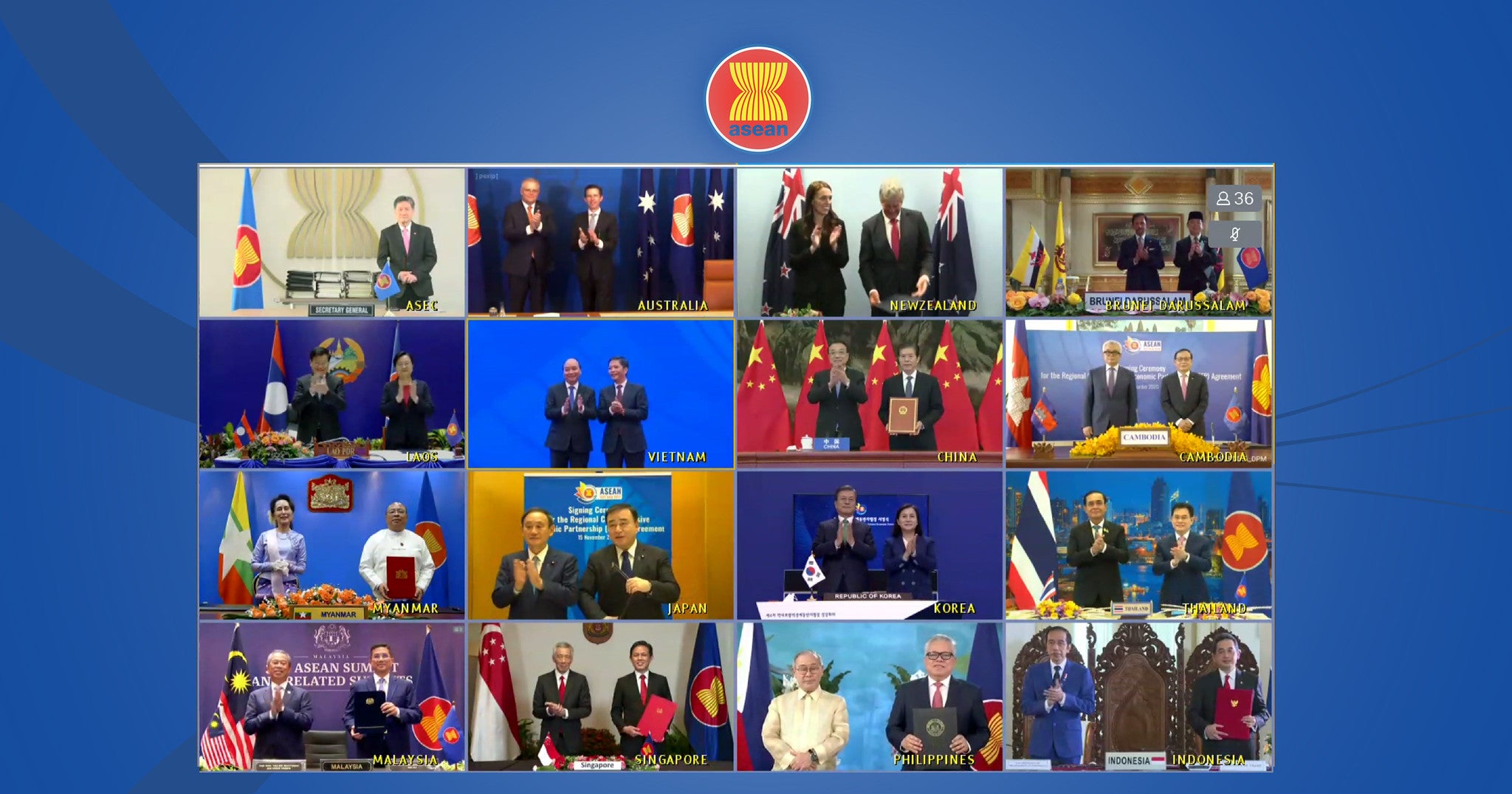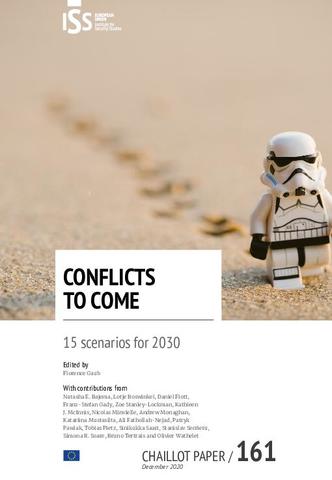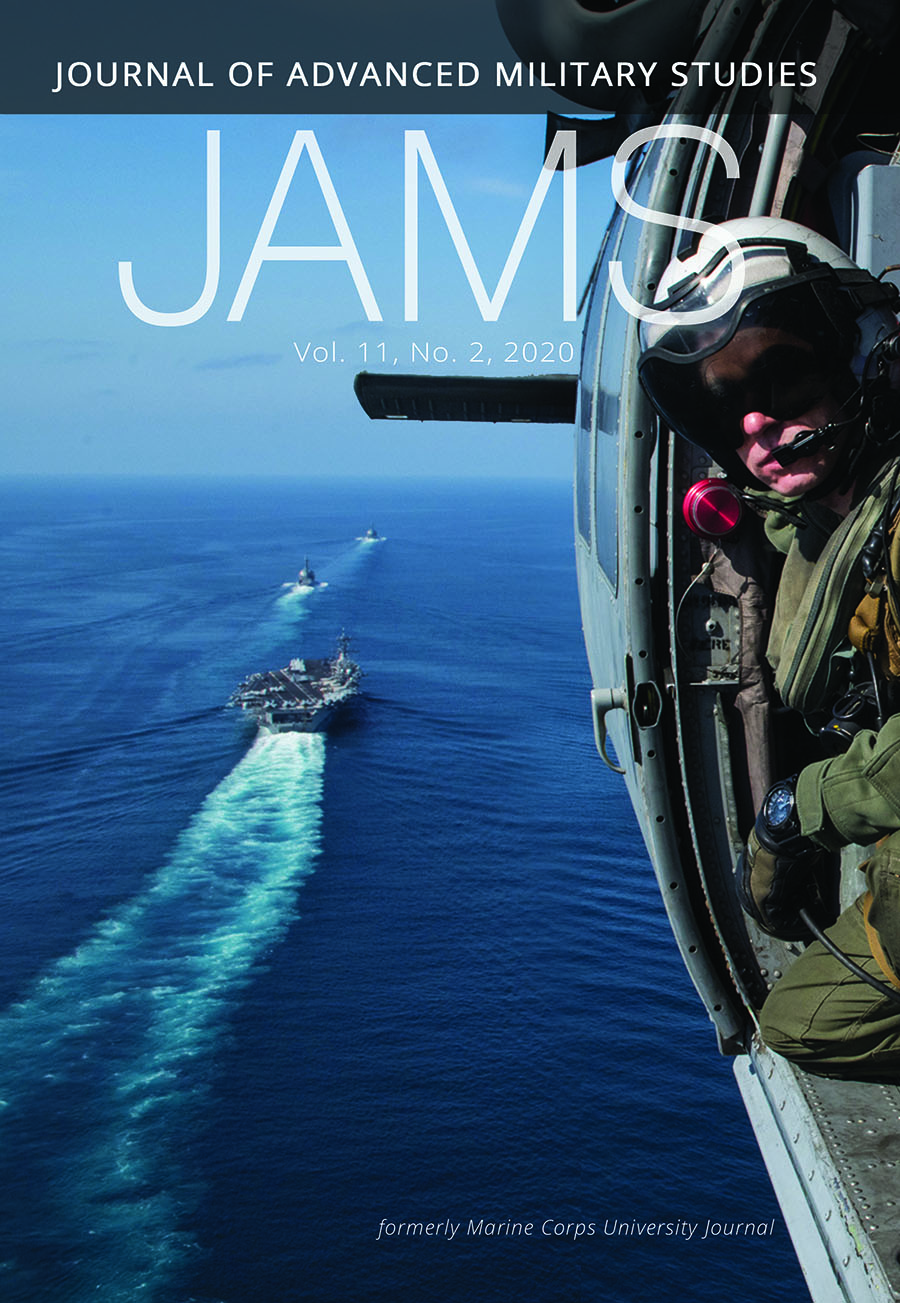By Pranshu Verma and Jeffrey Gettleman

WASHINGTON — The Trump administration has significantly invested in its relationship with India over the past four years, seeing the country as a crucial partner in counterbalancing the rise of China.
Military cooperation and a personal friendship between President Trump and Prime Minister Narendra Modi of India — both domineering nationalists — have pushed New Delhi and Washington closer.
Now, as President-elect Joseph R. Biden Jr. is set to move into the White House, American diplomats, Indian officials and security experts are resetting their expectations for relations between the world’s two largest democracies.
On one hand, experts said, Mr. Biden’s administration will most likely pay more attention to India’s contentious domestic developments, where Mr. Modi’s right-wing party has been steadily consolidating power and becoming overtly hostile toward Muslim minorities. Mr. Trump has largely turned a blind eye.
Others believe that the United States cannot afford to drastically alter its policy toward New Delhi because the United States needs its help to counter China and increasingly values India as a military and trade partner.
